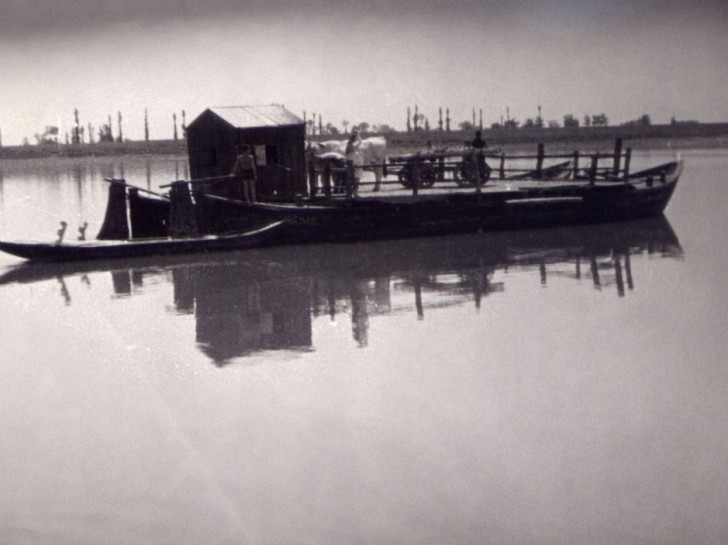
Antonioni's Short Films
-
Attempted Suicide (Tentato suicide)
Directed by Michelangelo Antonioni.
Italy, 1953, 35mm, black & white, 22 min.
Italian with English Subtitles .
Print source: Cinecittà Luce
Part of the omnibus film Love in the City (L’amore in città) in which each director pulled a story from the news and used the actual locations and subjects,Antonioni’s segment presents three troubled young women who describe and re-enact their suicide attempts, each speaking their truths in a blurry realm between fact and fiction.
A quiet ode to the arduous lives of fisherman along the River Po, Antonioni’s first film is a poetic inquiry into the uncanny dialectic between environment and inhabitants. Although completed in 1943, the temporary loss of crucial footage during post-production delayed the film’s release until 1947.
-
Sanitation Department (N.U./Nettezza Urbana)
Directed by Michelangelo Antonioni.
Italy, 1948, 35mm, black & white, 8 min.
In Italian .
Print source: Cineteca Nazionale
Antonioni’s second film documents a day in the life of Rome’s sanitation workers, highlighting a marginal culture so taken for granted they are virtually invisible. Both somber and charming, his lyrical investigation into their gritty existences revels in quotidian moments of mystery and humor.
-
Lies of Love (L’amorosa menzogna)
Directed by Michelangelo Antonioni.
Italy, 1949, 35mm, black & white, 10 min.
In Italian .
Print source: Cineteca Nazionale
Considered the inspiration for Fellini’s The White Sheik (Lo sceicco bianco, 1952), Delightfully exploring the vernacular fantastic of the fotoromanzi, the bawdy photographic comic-strip novels that were a staple of post-WW2 Italian popular culture, Antonioni tracks a day in the life of the stars of this new genre.
A poetic ethnography of anarchic rites and beliefs, Superstizione reveals the stubborn presence of a pre-modern folk imagination in the twentieth century Italian peasant class.
-
Vertigo (Vertigine)
Directed by Michelangelo Antonioni.
Italy, 1950, 35mm, black & white, 4 min.
Print source: Cineteca Nazionale
For this dramatic exploration of landscape, Antonioni mounted his camera on the aerial tram that runs from Cortina d'Ampezzo to the top of Monte Faloria.
-
Return to Lisca Bianca (Ritorno a Lisca Bianca)
Directed by Michelangelo Antonioni.
Italy, 1983, 16mm, color, 9 min.
In Italian .
Print source: Cineteca Nazionale
Twenty-three years later, Antonioni revisits the island in L’Avventura in this short initially produced for a television program that was not completed.
-
India Kumba Mela, AKA Kumbha Mela
Directed by Michelangelo Antonioni.
Italy/India, 1983, 16mm, color, 9 min.
Print source: Cineteca Nazionale
Like Rossellini, Antonioni had a long fascination with India which gave way to this 1977 short capturing the country’s most important Hindu festival, Kumbha Mela, during which millions of worshippers gather to pray where the Ganges, Jamuna and Saraswati rivers converge.
-
Noto, Mandorli, Vulcano, Stromboli, carnevale
Directed by Michelangelo Antonioni and Enrica Antonioni.
Italy, 1993, 35mm, color, 8 min.
Print source: Cineteca Nazionale
Produced for the Italian pavilion at the Seville Expo, Antonioni observed specific aspects of Sicily, including exquisite studies of almond trees in bloom, aerial investigations of volcanoes and a look at the colorful carnival of Aciraele.






















